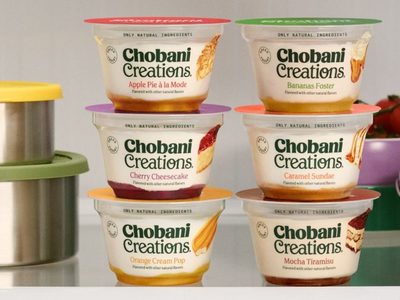 KANSAS CITY — Concerns about commodity inflation have been a frequent topic of discussion among food company leaders as they issue financial outlooks for the coming year. Prices for food ingredients as well as transportation expenses have risen sharply and prompted companies to accelerate cost savings programs, raise prices and reduce trade spending. Adding to the mounting pressure will be an unpredictable recovery from the COVID-19 pandemic.
KANSAS CITY — Concerns about commodity inflation have been a frequent topic of discussion among food company leaders as they issue financial outlooks for the coming year. Prices for food ingredients as well as transportation expenses have risen sharply and prompted companies to accelerate cost savings programs, raise prices and reduce trade spending. Adding to the mounting pressure will be an unpredictable recovery from the COVID-19 pandemic.
“Clearly, an important headline this quarter is the sharp rise in grain costs,” said Stewart F. Glendinning, chief financial officer of Tyson Foods, Inc., during a Feb. 11 conference call to discuss first-quarter results. “Grain futures for 2021 have continued to strengthen due to diminished stocks-to-use expectations for corn and soybeans and strong export demand, particularly from China.”
David L. Wenner, interim president and chief executive officer of B&G Foods, Inc., said March 2 that “everything is on the table” when dealing with the rate of inflation the markets are currently seeing.
“… Just go look at what the price of vegetable oil or soybean oil has done in the last number of months,” he said. “And you can see that all of these commodities are ramping up very quickly. And frankly, I don’t expect any relief until the new crop rolls in.”
The issue is not regional in scope. Global food commodity prices rose for the ninth consecutive month in February, according to the Food and Agriculture Organization of the United Nations (FAO). The FAO Food Price Index, which tracks monthly changes in the international prices of commonly traded food commodities, averaged 116 points in February, 2.4% higher than the previous month.
The FAO Vegetable Oil Price Index gained 6.2%, reaching its highest level since April 2012. Prices for palm, soy, rapeseed and sunflower seed oils all rose.
The FAO Cereal Price Index averaged 1.2% higher than in January. Sorghum prices rose 17.4% in the month, driven by ongoing strong demand from China. International prices of corn, wheat and rice were either stable or edged up slightly during the month.
High input prices are not a new situation for food and beverage manufacturers. There is a “playbook” focused on pricing and savings management teams may follow to offset the rising costs. Newer levers that may be pulled include more effective price/pack architecture and an emphasis on innovation in the premium space.
But an added dynamic management teams will have to navigate while facing escalating costs is recovery from the COVID-19 pandemic. Many parts of the world, particularly the more developed regions, are emerging from the pandemic as vaccine availability becomes ubiquitous. Increased consumer mobility means the industry will see a rapid shift in where people buy food.
The shift will not be as abrupt as when the pandemic began and much of the foodservice industry around the world had to shutter, but it will be disruptive. As the developed world edges closer to herd immunity, it is expected people initially will flock to restaurants and reengage with their local communities.
Then what? Will the marketplace return to 50:50 retail/foodservice spend, or will new habits developed during the pandemic remain? Where will most people work? These are new challenges company leaders must confront as they seek to lessen the impact of a bull market for raw materials and freight.



